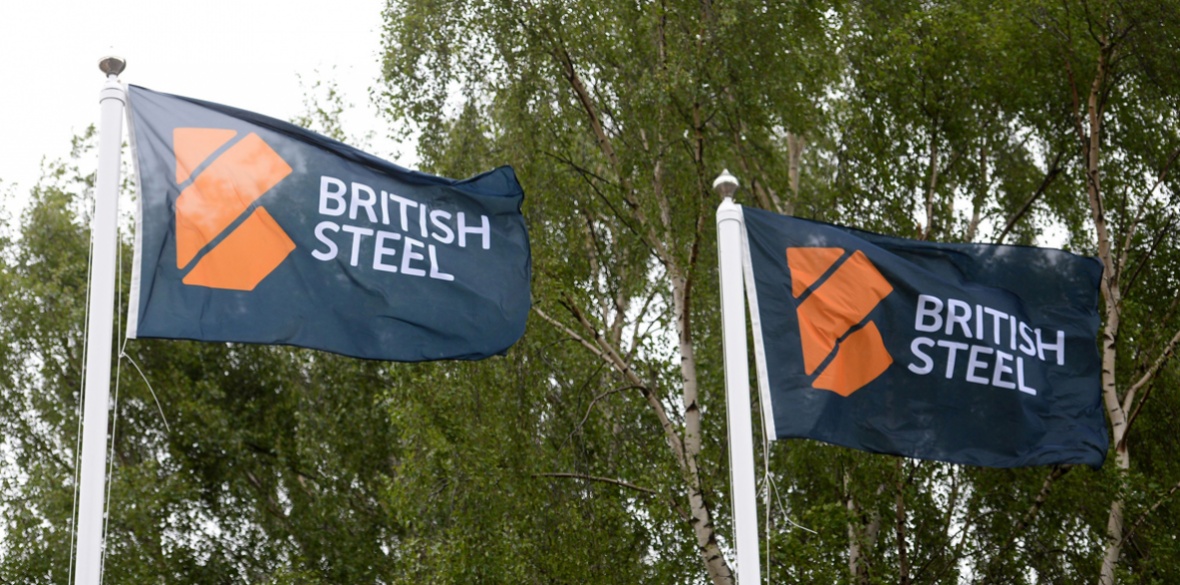THE last nationalisation of steel was carried out under David Cameron. It was hardly the act of a politician driven by an ideological commitment to public ownership. Rather it was the desperate ploy of a prime minister confronting the reality that the hidden hand of the market — that infallible mechanism so beloved of Tories throughout the last two centuries — was about to strike down Tata Steel. And do so on the eve of a vote on whether Britain should remain in the European Union.
There was intense speculation that although the Cameron government was willing to cast aside its ideological objections to both subverting the operations of the market — and to public ownership — the European Union would intervene to enforce its limits on state aid to industry.
Steel making is concentrated in parts of Britain where successive waves of deindustrialisation have thrown many people out of work while devastating the local economy of dozens of towns.
If the remnants of steel manufacturing in Britain were to succumb to the operations of the “free” market the intensely pro-EU government of David Cameron knew it would face a tsunami of anger that would be directed in equal measure against itself and the EU.
Thus Tata got its life saving subvention and the government took out a quarter stake in the company.
Today’s British Steel is but a shadow of its similarly titled predecessor. Formed in the late ‘60s the British Steel Corporation then had nearly 300,000 employees and dozens of plants plus investments in associated industries throughout Britain and the world.
Steel nationalisation put some order in to an industry that had suffered decades of underinvestment by its host of private owners. It was a painful “rationalisation” for many communities which saw their local plants closed.
Thatcher privatised it in 1988 and after several changes of ownership the new entity has but a tenth of the number of workers it then had.
The European Union has framed its steel policy on the presumption that there is an over-capacity in the European industry and that its task is to manage trading in steel and steel products with the rest of the world on the basis that a slimmed-down and rationalised industry would best be able to compete in a global market. This is a difficult ask when Trump has upset the applecart with his tariff war and with Chinese steel exports exercising a powerful pressure on prices.
The government’s knee-jerk response to this latest crisis is to rule out nationalisation. Meanwhile, the trade unions have made it clear that the viability of the industry and jobs are the key issue.
Community says that it is vital that the employers and the government focus on finding a solution that maintains employment and keeps the business trading, while Unite says “if a deal cannot be struck to secure the long-term future of the steelmaker under private ownership, that the government must bring it under public control in the national interest.”
Community has warned that on top of the devastation of yet more steel communities, the clean-up costs for the industrial sites alone could end up costing taxpayers hundreds of millions of pounds.
A stable steel industry is vital for the industrial renaissance of Britain.
Common sense suggests that the whole episode must be resolved in a way that prepares for a new kind of government that would replace the anarchy of the market and the distorting effects of EU membership with a planned policy of investment and training to reconstitute Britain’s steel industry in the service of the nation, as Jeremy Corbyn says when he points to the importance of steel in the green industrial revolution promised by Labour.











